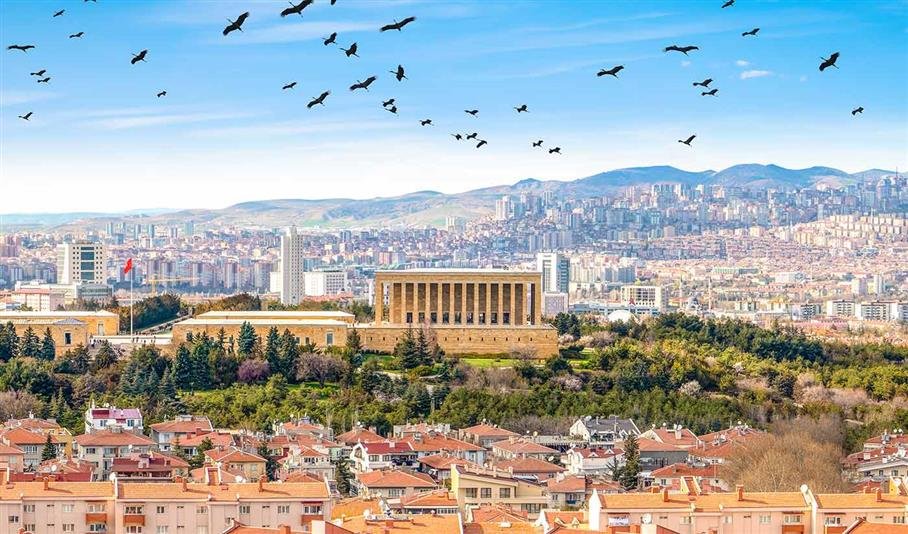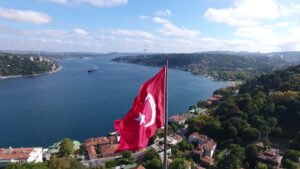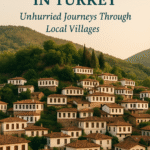Now Reading: Kasımiye Madrasa: Where Stone, Spirit, and Silence Shape the Soul of Mardin
-
01
Kasımiye Madrasa: Where Stone, Spirit, and Silence Shape the Soul of Mardin
Kasımiye Madrasa: Where Stone, Spirit, and Silence Shape the Soul of Mardin


Kasımiye is one of the must-see landmarks in the enchanting city of Mardin—often described as the capital of stone and passion, a place where the city whispers in poetry. With its humble architecture and the soothing sound of flowing water, this spiritual site has a way of dissolving your ego and immersing you into something much deeper.
Dating back over 700 years, construction of the madrasa began during the Artuqid period but was interrupted during the Timurid invasions. It wasn’t until the late 14th century that it was completed under Sultan Kasim of the Akkoyunlu dynasty. The structure is two stories tall and is built around a single open courtyard.
Inside this architectural marvel, the acoustics are so refined that sound is distributed equally to every corner of the room—a testament to the brilliance of medieval engineering. At the center of the building lies a symbolic pool that carries profound Sufi meaning. Here’s the interpretation:
- The water flowing from a wall fountain represents birth,
- As it flows into a wider channel, it symbolizes youth,
- Then narrows again to denote old age,
- Before finally pouring into a central pool, symbolizing the Day of Judgment.
From the pool, the water flows through a narrow channel symbolizing the Bridge of Sirat, then flows outward into Mesopotamia—representing eternal life.
One striking detail is the architectural alignment: every classroom benefits from natural sunlight from sunrise to sunset. The ceilings of these classrooms are just slightly higher than a meter, a design intended to ensure that students bow slightly as they enter—to show respect and humility before their teachers. A truly thoughtful and poetic gesture.
A more mysterious aspect of the madrasa lies in the stains on its walls. Are they dried blood, or remnants of henna or natural dyes? According to locals, the latter is unlikely—natural pigments wouldn’t last this long. Instead, legend has it that these marks were left by Kasim Pasha’s sister, who smeared her brother’s bloodied shirt on the walls after his death while mourning him through lamentations.
The madrasa walls are adorned with astronomical and medical motifs—among them, replicas of surgical tools designed by Al-Zahrawi, one of the most celebrated surgeons in Islamic history. Fascinatingly, he was the first to use catgut (from feline intestines) for internal stitches, a practice far ahead of its time.






























